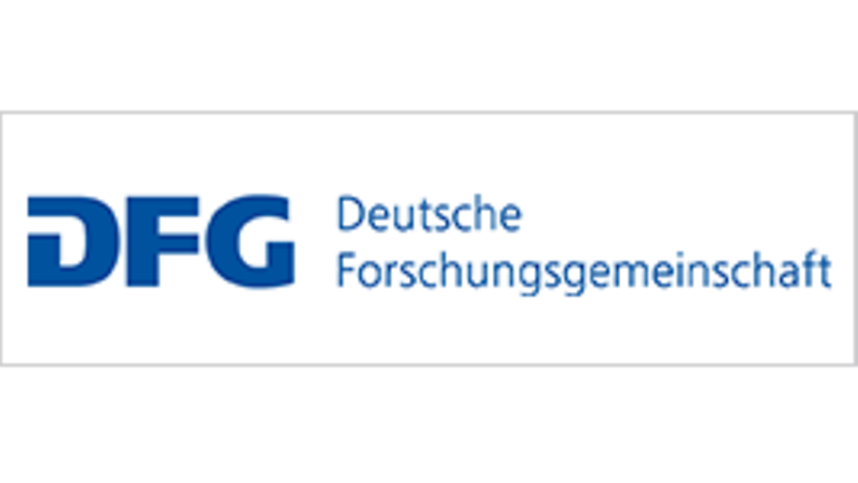Nursing Leadership during Italy’s Economic Miracle (1950–1970)
DOI:
https://doi.org/10.25974/enhe2024-3enPalabras clave:
hospital, nurses, struggles, strikes, profession, ItalyResumen
Between the 1950s and 1970s, Italy experienced far-reaching social reforms, following economic improvements to living conditions and the country’s industrial structure. The reforms were driven by the youth protests that swept across the entire Western world (May 1968 in France) and by the workers’ struggles in Italy (“Hot Autumn”). In the nursing world, these changes foreshadowed significant transformations on three levels: a) Professional: the growth of leadership roles and positions that helped make the profession increasingly active and visible within Italian society; b) Unions: nurses played a key role in struggles to obtain better working conditions (wages, shifts, staffing levels) and supported the establishment of a universal public health system; c) Scientific: nurses became involved in experiments aimed at developing innovative care methods, particularly in psychiatric hospitals. These three levels often overlapped. The objective of this study is to elucidate the evolutionary trajectory of the transformations that occurred in the nursing profession during the aforementioned period.
Descargas
Publicado
Número
Sección
Licencia
Derechos de autor 2025 European Journal for Nursing History and Ethics

Esta obra está bajo una licencia internacional Creative Commons Atribución-SinDerivadas 4.0.






